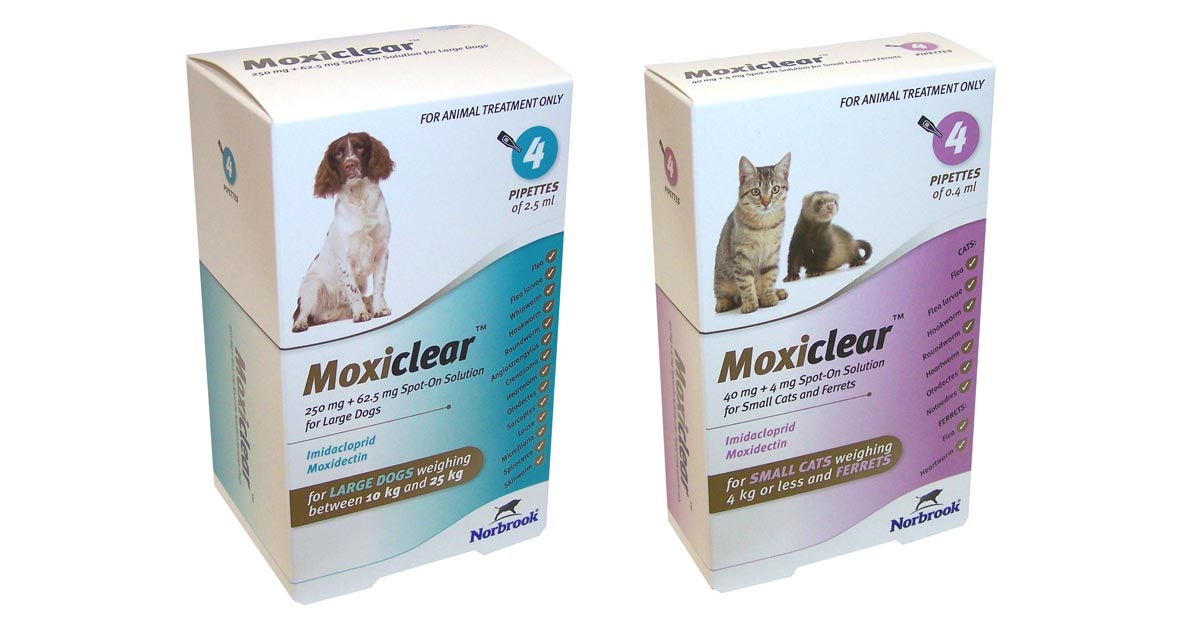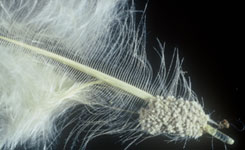MOXICLEAR: a new IMIDACLOPRID & MOXIDECTIN SPOT-ON for the treatment and prevention of flea infestations*, treatment of biting lice***, ear mites**, roundworm**, hookworm**, whipworm***, skinworm***, lungworm*** and the prevention of heartworm disease*.
How to enter
Simply play the Moxiclear bubble popping game below. Pop all nine parasites for your chance to win £100 in Amazon vouchers.
Hint: on your phone? Tilt the screen landscape for a better view.
- Submission of an entry is taken as acceptance of our Terms and Conditions.
- For another chance to win, find the Moxiclear flyer attached to the cover of your October 15 issue (Vol 48, No 41) of Veterinary Times.
- To find out how to get in touch with your nearest territory manager, just click here.
- To view the data sheet for Moxiclear and how it compares to other products, click here.
- Find out more at Norbrook’s official website
* indicated for dogs, cats and ferrets.
** indicated for dogs and cats only.
*** indicated for dogs only.


